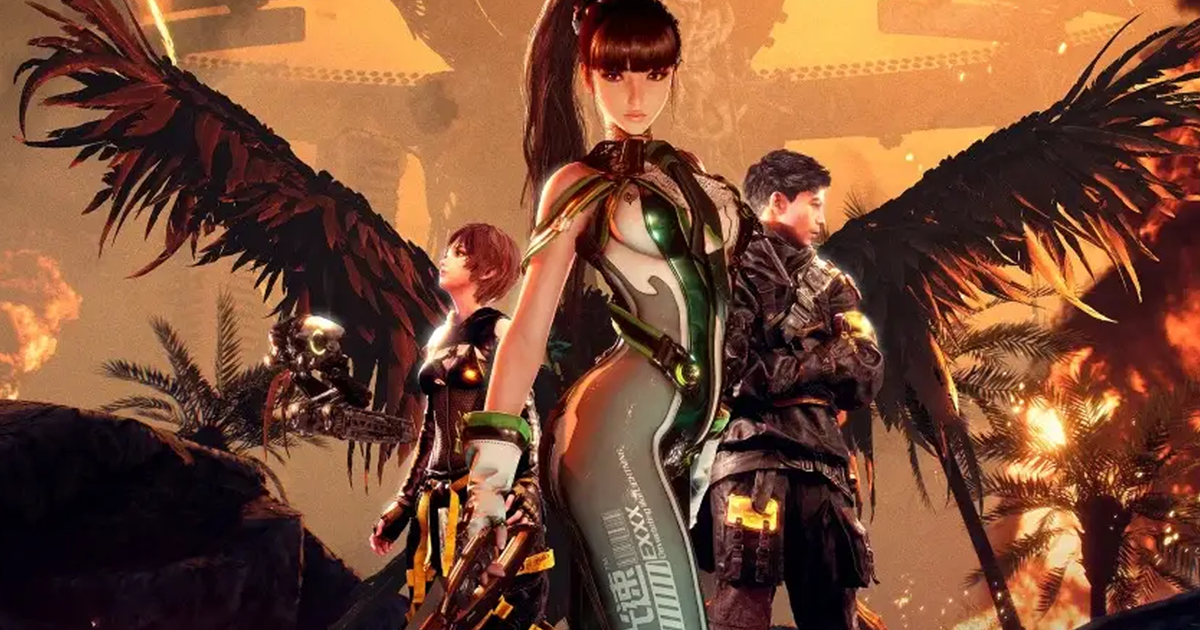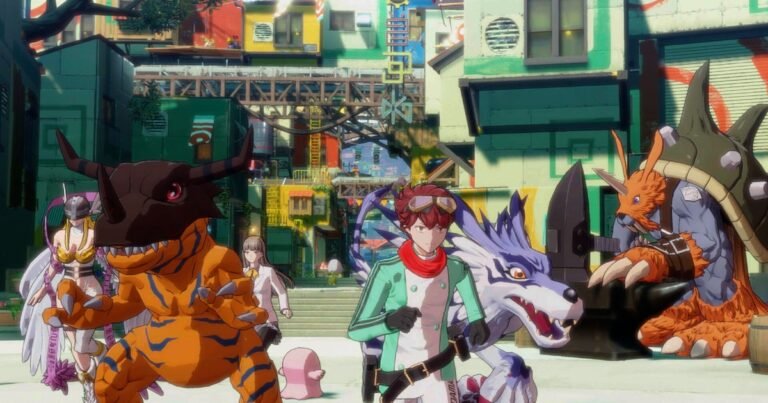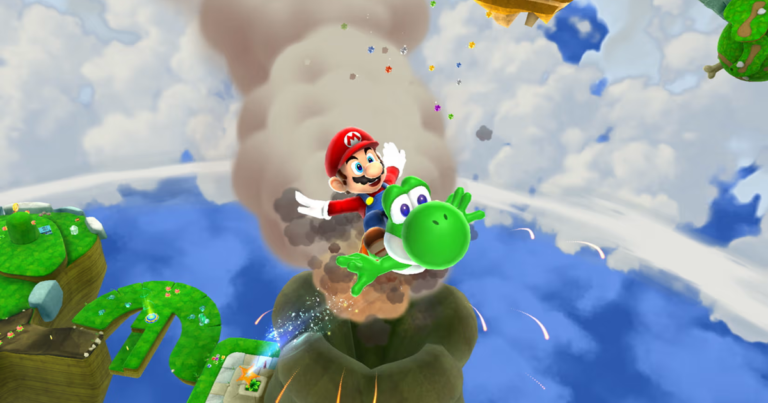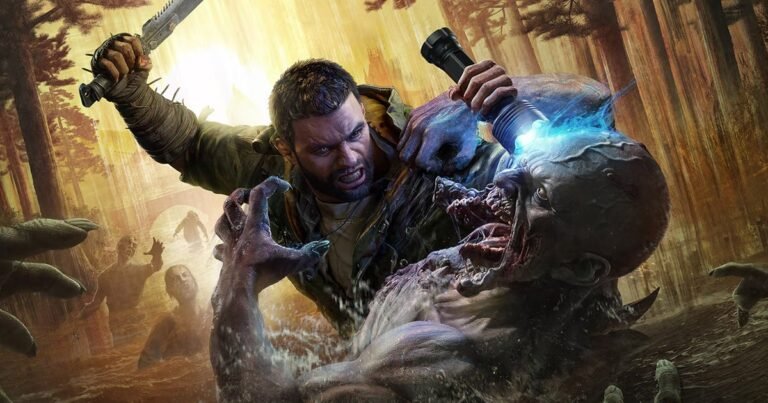
Stellar Blade, developed by the Korean Shift Up Studio and supported by Sony Interactive Entertainment, is a refreshing take on action games that showcases the ambition of non-Japanese studios. While it may remind players of Japanese games, the game’s true strength lies in its unique blend of influences from various works, not just in video games.
A Narrative Journey
The narrative of Stellar Blade draws inspiration from Western works like The Matrix, Blade Runner, and even the Bible, exploring themes of belief, fate, and the meaning of existence. However, the game presents these complex ideas in a more accessible and engaging manner, with surprising twists and a focus on character development. Players will find themselves pondering philosophical questions as they guide Eve through her journey to save humanity.
Semi-Linear Design
The game’s design offers a mix of linear levels and open areas, providing a balance between story-driven missions and exploration. Players are given the choice to continue on a linear path or explore side missions, adding replay value and depth to the gameplay experience. With stunning cutscenes and acrobatic gameplay, Stellar Blade delivers a captivating experience that challenges players to rethink their assumptions about the characters and the world they inhabit.
If you’re not ready to move on to the next area and keep following the main story, you can always go back to previously visited zones and tackle those side missions. While most of these tasks are straightforward, some offer their own unique narratives that can lead to new areas within familiar locations. This adds value to the gameplay, making it worthwhile to invest time in these optional quests. Not all side missions hit the mark, but if you’re aiming to gather materials for crafting all of Eve’s suits and upgrades, you’ll feel rewarded, even if not all missions delve deeper into the game’s lore.
By sticking to a linear design for the campaign levels, Shift Up manages to create a cinematic and focused tone for this crucial aspect of the game. However, by incorporating open zones, they provide content that caters to players who enjoy engaging in extra missions and exploring for hidden secrets. This balanced approach ensures that most players, whether they prefer a linear experience or seek more exploration, will find satisfaction in the gameplay.
There were moments when I had to remind myself to progress with the story because I was having such a blast roaming around locations, completing side missions, and uncovering the stories of the city’s inhabitants. The varying opinions on the Angels and their mission to save humanity from the Naytiba monsters added an intriguing layer to the game’s world.
While the extra missions may not introduce significant gameplay diversity, they offer new narratives, increased challenges, and the opportunity to fully explore the game’s richly imagined settings.
Combat System and EVE Upgrades
Stellar Blade delivers a gameplay experience that feels familiar yet unique in its own right. Much like Lies of P from FromSoftware, this game draws inspiration from existing works while adding its own innovative elements, resulting in a high-quality gaming experience worthy of praise. It’s evident that Shift Up has spent considerable time playing Japanese action games and refining their own combat system to be electrifying and acrobatic, reminiscent of titles like Devil May Cry and Bayonetta.
The combat system, while easy to learn, offers a range of combos and mechanics that keep the gameplay engaging. Elements like parrying and time-slowing dodges are crucial for success, especially during challenging encounters with mini-bosses and bosses. Additionally, players can customize Eve’s abilities and equipment to suit their playstyle, with the option to unlock new skills and buffs through XP earned in combat.
Graphics and Sound
Game Design and Graphics
Shift Up used Unreal Engine 4 to create a campaign with a strong cinematic feel, resulting in visually stunning moments despite some simpler elements in the environments. While there are a few lower-quality assets in open areas, the overall graphic experience is well executed, especially in the quality of the main characters’ models.
Sound Design and Duration
The game’s sound design showcases the developers’ passion for gaming, featuring themes that enhance the melancholic atmosphere. Recruiting Monaca Studio from games like NieR: Automata and NieR Replicant added a touch of greatness to the audio experience.

The campaign of Stellar Blade takes about 20 hours to complete if you focus solely on the story. The game strikes a balance between gameplay and visuals, offering a clear direction through a sonar system.
Final Thoughts
Stellar Blade may not meet every expectation, but it delivers a stylish action game reminiscent of classic titles from PlatinumGames. With themes inspired by iconic movies and anime, the game presents a compelling narrative and engaging gameplay, earning its place among its inspirations.
- High-quality graphics
- Compelling story with interesting twists and two endings
- Stylish, fun, and thrilling combat gameplay
- Easy-to-learn mechanics with depth
- Memorable soundtrack
- Extra missions for more exploration and narrative depth
- Challenging boss fights that test reflexes
- Occasional graphical issues (textures in open maps)
- Two difficulty spikes in the gameplay



